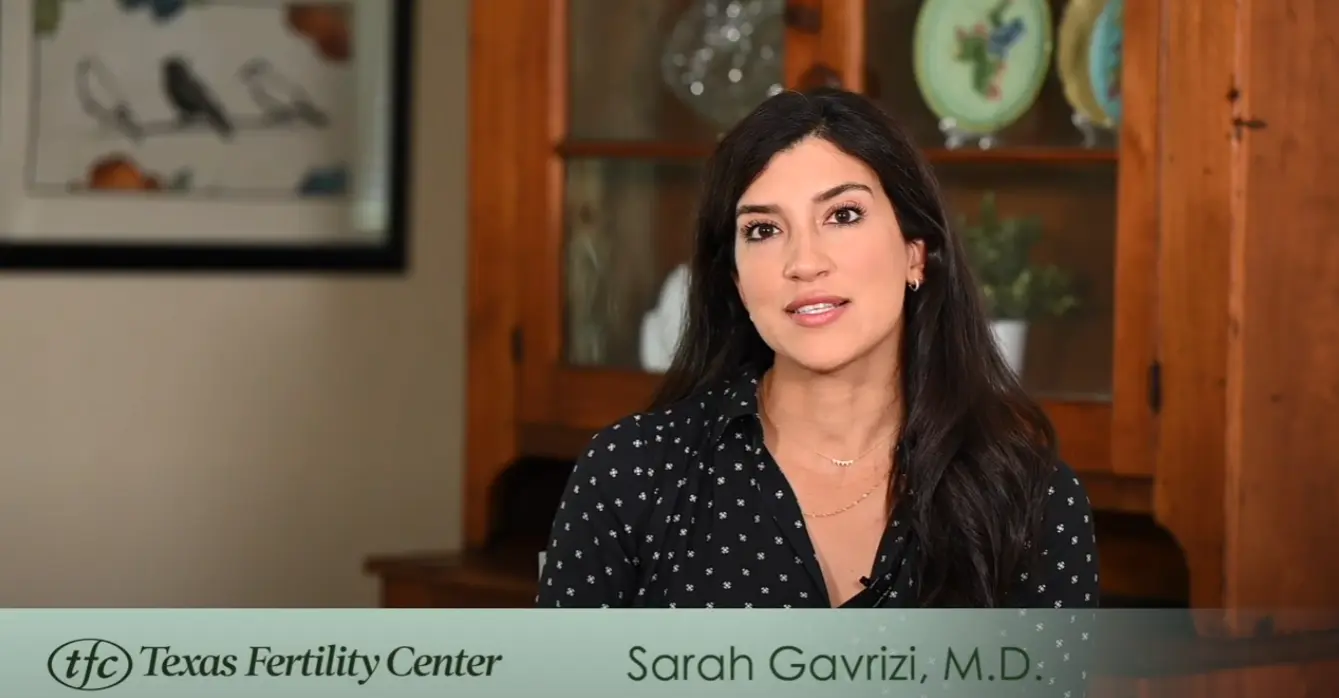
Fibroid treatment includes fertility sparing, minimally invasive surgery options
Removal of the fibroids (myomectomy) is usually the treatment of choice for women with fibroids who prefer to maintain the ability to become pregnant. If a uterine fibroid is subserosal, it may be easily removed laparoscopically.
Intramural fibroids may be removed laparoscopically but in some cases, it may be best to make a little larger incision just above the pubic bone and remove the fibroids that way. This procedure, called a laparotomy, is usually performed if there are many fibroids, if the fibroid(s) are deeply embedded in the uterine wall, if the fibroids are very close to the insertion of the fallopian tube, or if a large fibroid penetrates through the wall into the uterine cavity. We also perform laparotomies for fibroids that are too large to safely remove through the laparoscope.
If a fibroid is removed from within the wall of the uterus, we will usually advise the patient that she will require a cesarean section for subsequent delivery. This is important, as once the uterine wall heals, it is not as strong as it was before the fibroid (and subsequent surgery for fibroid removal) affected it.
Alternative treatments for fibroid removal
Uterine artery embolization, UAE
Another option for treating fibroids is a procedure called uterine artery embolization (UAE). During this procedure, performed by an interventional radiologist, small coils of material are placed into the blood vessels that feed the fibroids. These coils are delivered through a catheter inserted through the patient’s groin which can be guided directly to the fibroid under XRay observation.
Studies suggest that this procedure is very effective in causing shrinkage of large fibroids as well as a significant reduction in menstrual bleeding, however many women prefer to have their fibroids removed. In addition, there is not much data regarding either the effect of this procedure on subsequent fertility or the safety of labor and delivery in patients who have undergone UAE. As UAE interferes with blood flow to the fibroid – and frequently with blood flow to the surrounding uterine tissue – there is a significant concern that there may be an adverse effect on subsequent fertility and growth of a baby.
Most fertility specialists still do not recommend UAE for women who wish to become pregnant.
Radiofrequency ablation
Radiofrequency ablation is a minimally invasive outpatient procedure, that requires three small abdominal incisions to access, shrink and destroy fibroids. This laparoscopic surgery works on fibroids of varying sizes and locations, causing significantly less uterine damage than large incisions and tissue dissection.
This fibroid treatment is performed while the patient is under general anesthesia and it involves five steps.
- First, your surgeon will make three small incisions. These abdominal incisions are only about ¼” in length.
- Your surgeon will then insert a laparoscopic ultrasound probe. The purpose of the probe is to determine the size and location of all fibroids.
- Next, your surgeon will insert the radiofrequency tip into the fibroid with ultrasound guidance.
- Your physician will then deploy the electrode array into the fibroid.
- Finally, your surgeon will apply radiofrequency energy to the fibroid. The strength of the energy is determined by the location and size of your fibroid. This same step will be performed on every fibroid.
After treatment, the fibroid tissue will shrink and, in some cases, it will be completely reabsorbed by the body, leaving no traces of the tumor.
Please contact our office to schedule an appointment to discuss minimally invasive fibroid treatment options with our double board certified fertility surgeons.













